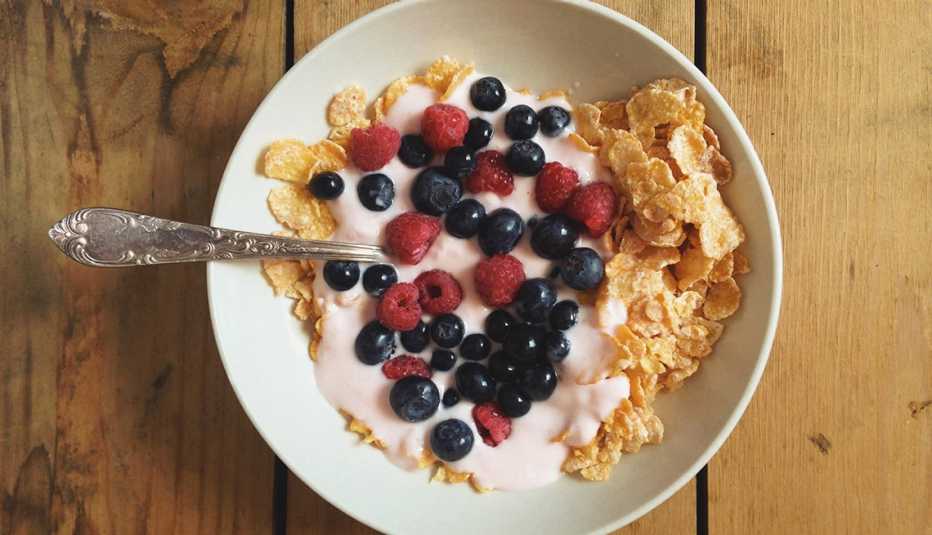Staying Fit


Avoiding too much sun and using sunscreen regularly are good habits, right? Yes, but. Though both practices will reduce your chances of skin cancer, they also have a potential downside that could play out as you age: Researchers at Duke-NUS (National University of Singapore) Medical School and Duke University have recently found a link between low vitamin D levels and increased risk of cognitive decline and impairment. In the first large-scale study in Asia to assess the association between vitamin D status and risk of cognitive impairment in the Chinese elderly, researchers studied 1,202 subjects who were 60 years of age or older. Low vitamin D levels signaled significant cognitive decline over time.
In the study, which appeared in The Journals of Gerontology Series A: Biological Sciences and Medical Sciences, the subjects’ vitamin D baselines were recorded at the start of the study, and their cognitive abilities were assessed over the next two years. Regardless of gender and extent of advanced age, individuals with lower vitamin D levels at the start of the study were approximately twice as likely to exhibit significant cognitive decline (a decrease in cognitive score) over time. In addition, low vitamin D levels at the beginning of the study also increased the risk for future impairment (a drop in score indicating significant functional loss, likely dementia) by two-to-three times, the study found.


AARP Membership— $12 for your first year when you sign up for Automatic Renewal
Get instant access to members-only products and hundreds of discounts, a free second membership, and a subscription to AARP the Magazine.
The concern about diminishing vitamin D levels in humans isn’t new. Scientific American reported in 2009 that a vitamin D deficiency among Americans was a growing problem, significant and alarming, especially among the African-American population. Citing results from a 2009 University of Colorado Denver School of Medicine (UCDSM) study, the magazine reported that in 2004, when data was collected as part of a federal government’s national health survey, just 23 percent of 13,369 people surveyed had a sufficient amount of vitamin D in their system (and only 3 percent of African-Americans did), compared to 45 percent between 1988 and 1994.
“We were anticipating that there would be some decline in overall vitamin D levels, but the magnitude of the decline in a relatively short time period was surprising,” said the UCDSM study’s co-author Adit Ginde, then an assistant professor at that institution. Ginde linked vitamin D deficiency to catching more colds, and blamed the change on skin cancer prevention campaigns that resulted in an increased use of sunscreen and people wearing long sleeves. Using a sunscreen with as little as 15 SPF cuts the skin’s vitamin D production by 99 percent, the study noted. “We’re just starting to scratch the surface of what the health effects of vitamin D are,” Ginde said in the report. “There’s reason to pay attention for sure.”
Fast forward to 2016 and the news gets worse. We’ve known for decades that vitamin D is necessary for maintaining healthy bones and muscles, but with more research it appears that it also plays a significant role in maintaining healthy brain function. David Matchar, M.D., co-author of the Singapore study and professor and director of health services research at Duke-NUS Medical School in Singapore said that although the study took place in Asia, “It’s been shown in other populations that a similar pattern exists. Basically it seems to be a very general phenomenon that lower vitamin D levels are associated with subsequent cognitive decline.”
“We all like our brains, and we all like our bones, so there are two good reasons to pay attention to vitamin D adequacy.”
—DAVID MATCHAR, M.D., PROFESSOR AND DIRECTOR OF HEALTH SERVICES RESEARCH AT DUKE-NUS MEDICAL SCHOOL IN SINGAPORE
Fast forward to 2016 and the news gets worse. We’ve known for decades that vitamin D is necessary for maintaining healthy bones and muscles, but with more research it appears that it also plays a significant role in maintaining healthy brain function. David Matchar, M.D., co-author of the Singapore study and professor and director of health services research at Duke-NUS Medical School in Singapore said that although the study took place in Asia, “It’s been shown in other populations that a similar pattern exists. Basically it seems to be a very general phenomenon that lower vitamin D levels are associated with subsequent cognitive decline.”
Matchar says that getting your vitamin D levels checked is pretty easy, and that you’re never too young to be mindful of keeping adequate levels of the nutrient in your system. “Your 40s and 50s are a good time to start supplementing if your levels are low,” he says. The Institute of Medicine recommends 600 international units (IUs) per day, 800 if you’re over 70. But vitamin D is fat-soluble (excess amounts are stored in your fat), Matchar cautions, so taking too much of it can cause a toxic build-up in your body.



































































More on Health
The Only 'Diet' You Need for Weight Loss
Yes, it's good for your heart, but the Mediterranean diet can also help you drop pounds